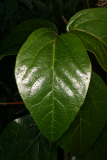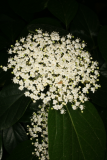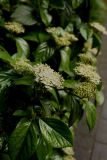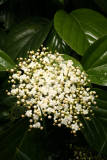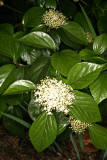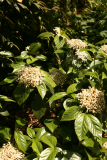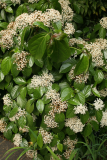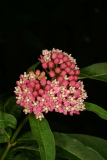Additional notes (click to expand)
Medicinal
The following notes refer to the related species Viburnum prunifolium L.
Medicinal uses
Uses supported by clinical data
No information was found.Orally for the treatment of dysmenorrhoea and asthma (1, 10, 11).
Uses described in traditional medicine
Used to treat menstrual irregularities and nervous tension. Also used as
an antispasmodic, diuretic and tonic (5).
Contraindications
Cortex Viburni Prunifolii is contraindicated in cases of hypersensitivity
or allergy to the crude drug.
From WHO Monographs on Selected Medicinal Plants Vol 4 2005, WHO Geneva
Nomenclature
Family changed from Adoxaceae to Viburnaceae
Plants of the World online, Kew Science http://plantsoftheworldonline.org/taxon/urn:lsid:ipni.org:names:77162522-1
link
Other use
Viburnum japonicum Spreng. Caprifoliaceae Evergreen Shrub. Distribution: Japan and Taiwan. No medicinal uses. The fruit is a 'famine food' eaten when all else fails. As other seeds/fruits of Viburnum species are listed as poisonous, and none are listed as 'edible', one can assume that the seeds/fruits of V. japonicum are also toxic. It does not appear vulnerable to pests or molluscs which may be due to irioid glycosides that are present in this genus produced as a defence against herbivores, fungi and bacteria. They have a bitter taste.
Oakeley, Dr. Henry F. (2013). Wellcome Library notes.
link
Phytochemistry
It does not appear vulnerable to pests or molluscs which may be due to irioid glycosides that are present in this genus produced as a defence against herbivores, fungi and bacteria. They have a bitter taste.
Oakeley, Dr. Henry F. (2013). Wellcome Library notes.
link
Toxicity
Contains irioid alkaloids that may make it poisonous to insects and molluscs
Professor Anthony Dayan, 2022
Geographical distribution
- Asia-Temperate, Eastern Asia, Japan
- Asia-Temperate, Eastern Asia, Taiwan
Viburnum japonicum (Thunb.) Spreng.
Family: VIBURNACEAEGenus: Viburnum
Species: japonicum (Thunb.) Spreng.
Distribution summary: Japan, Taiwan
Habit: Shrub
Hardiness: H5 - Hardy; cold winter
Habitat: Thickets and open forest
Garden status: Currently grown
Garden location: Far East (L)
Flowering months: June
Reason for growing: Other use, toxic
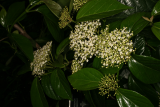
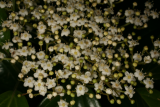
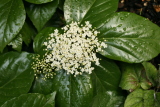

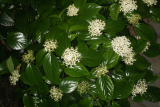
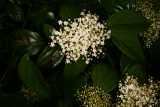


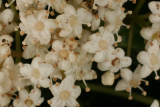

.JPG)
